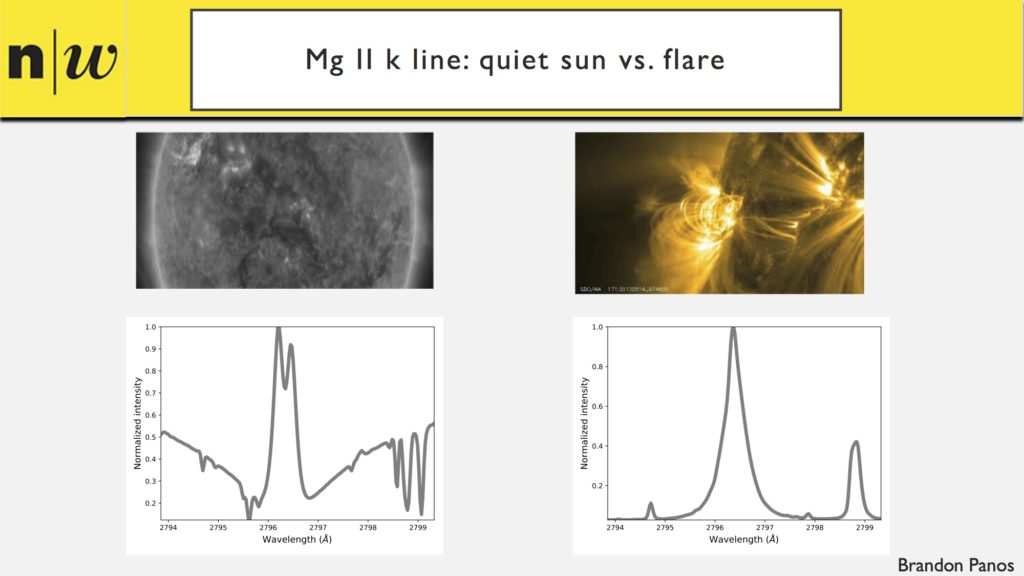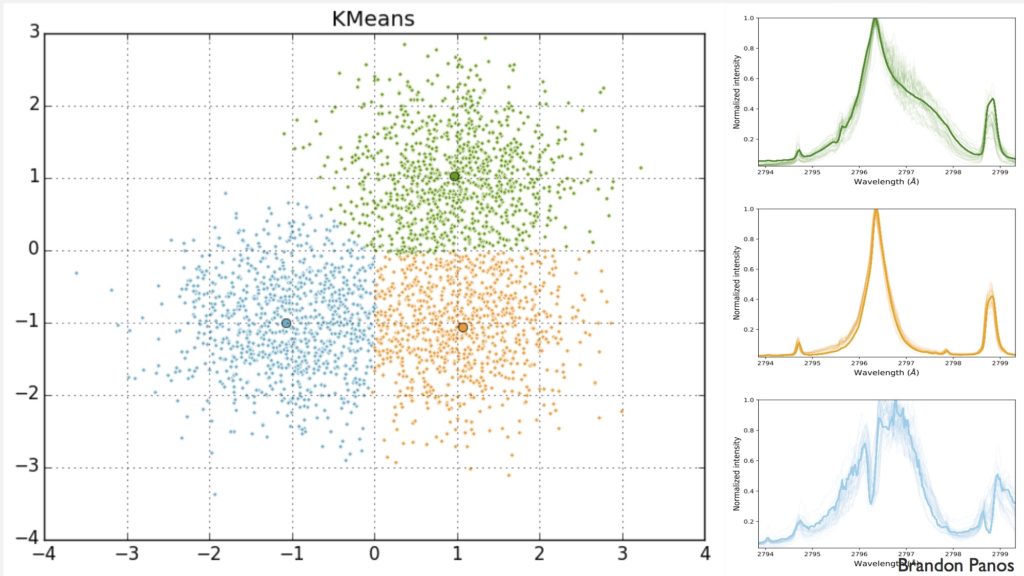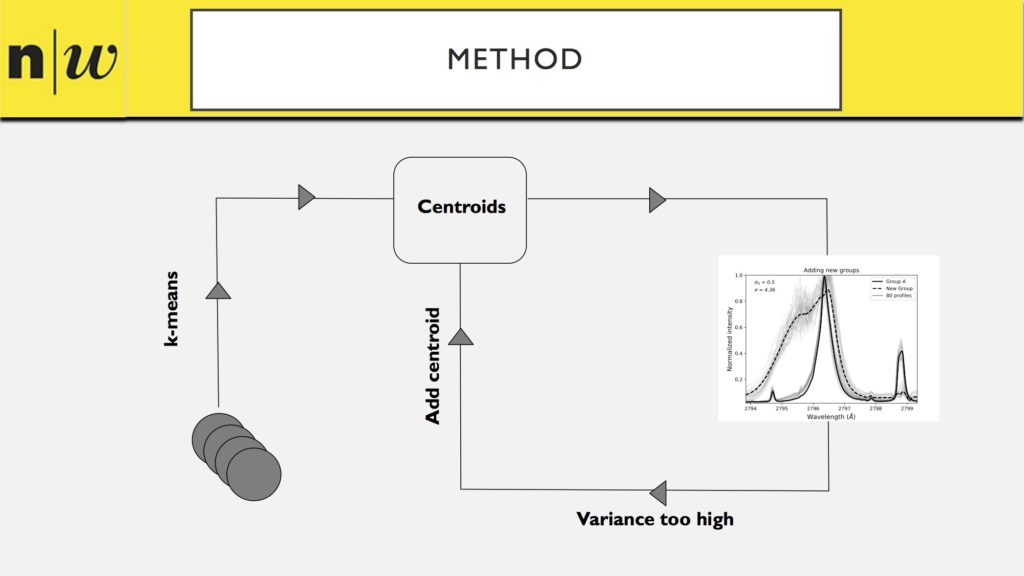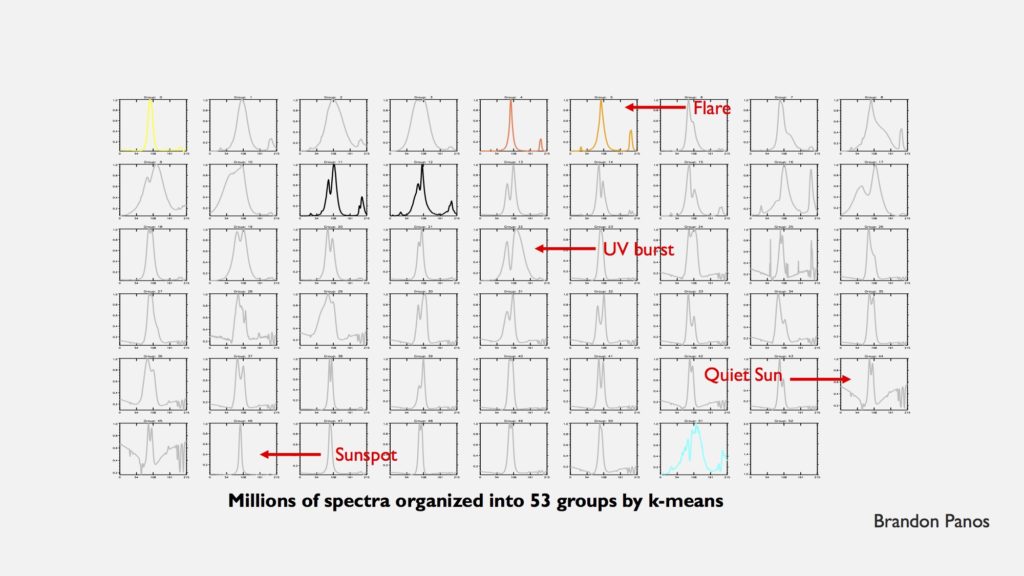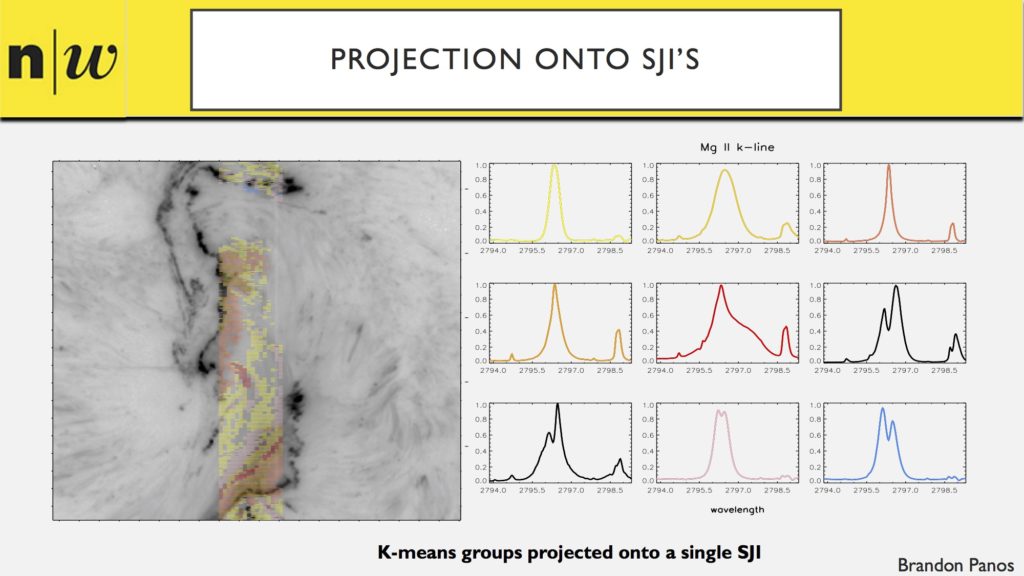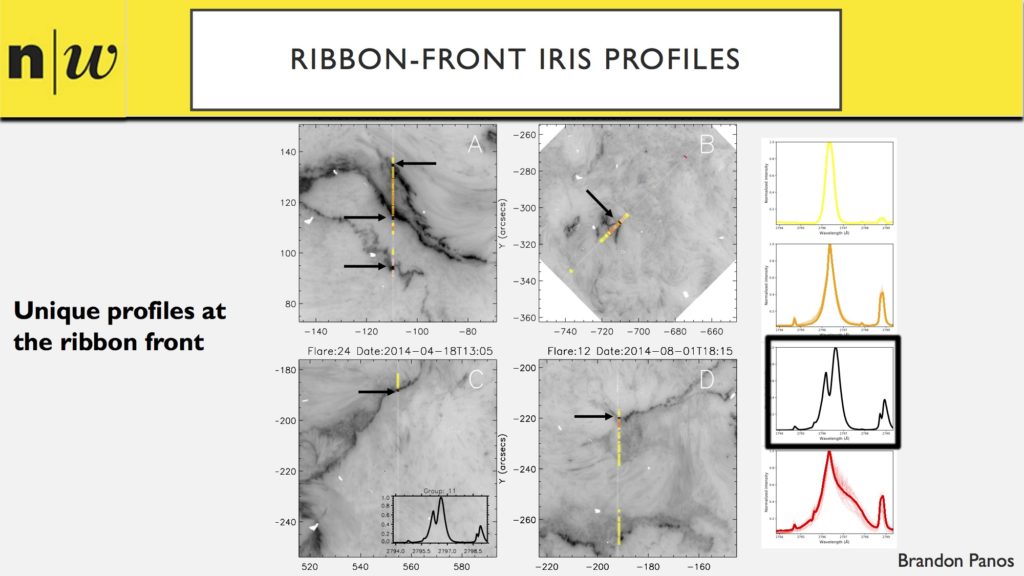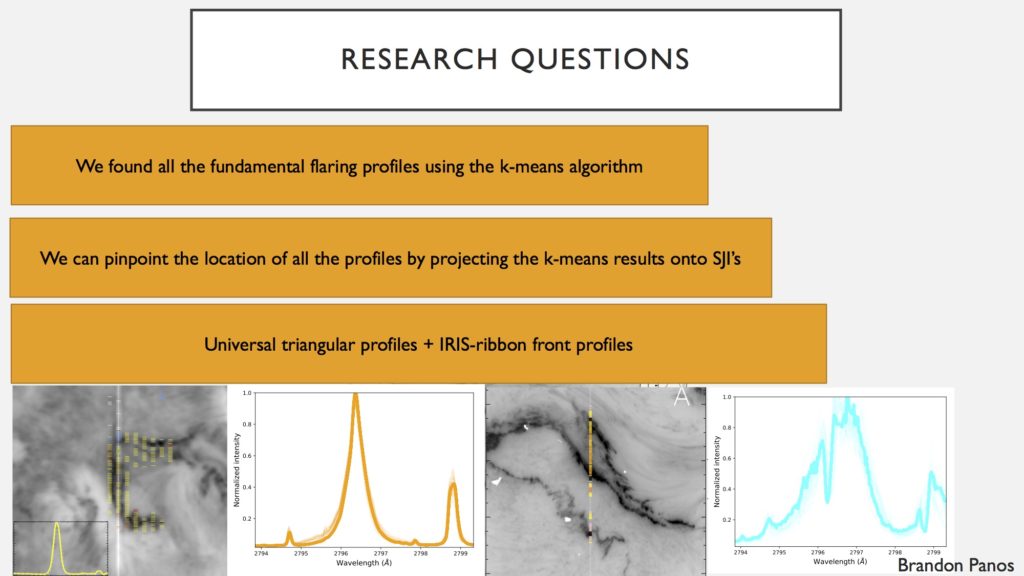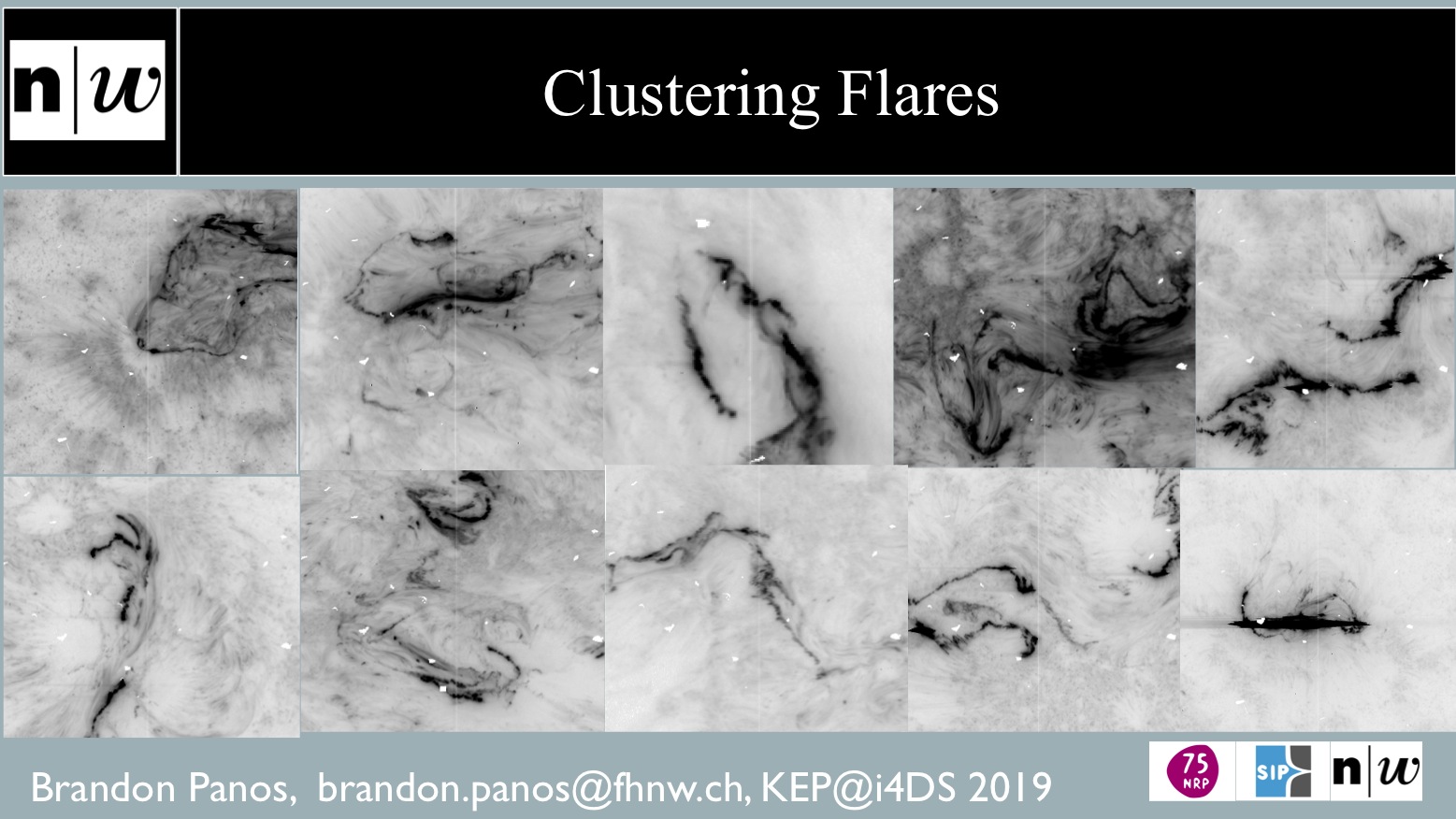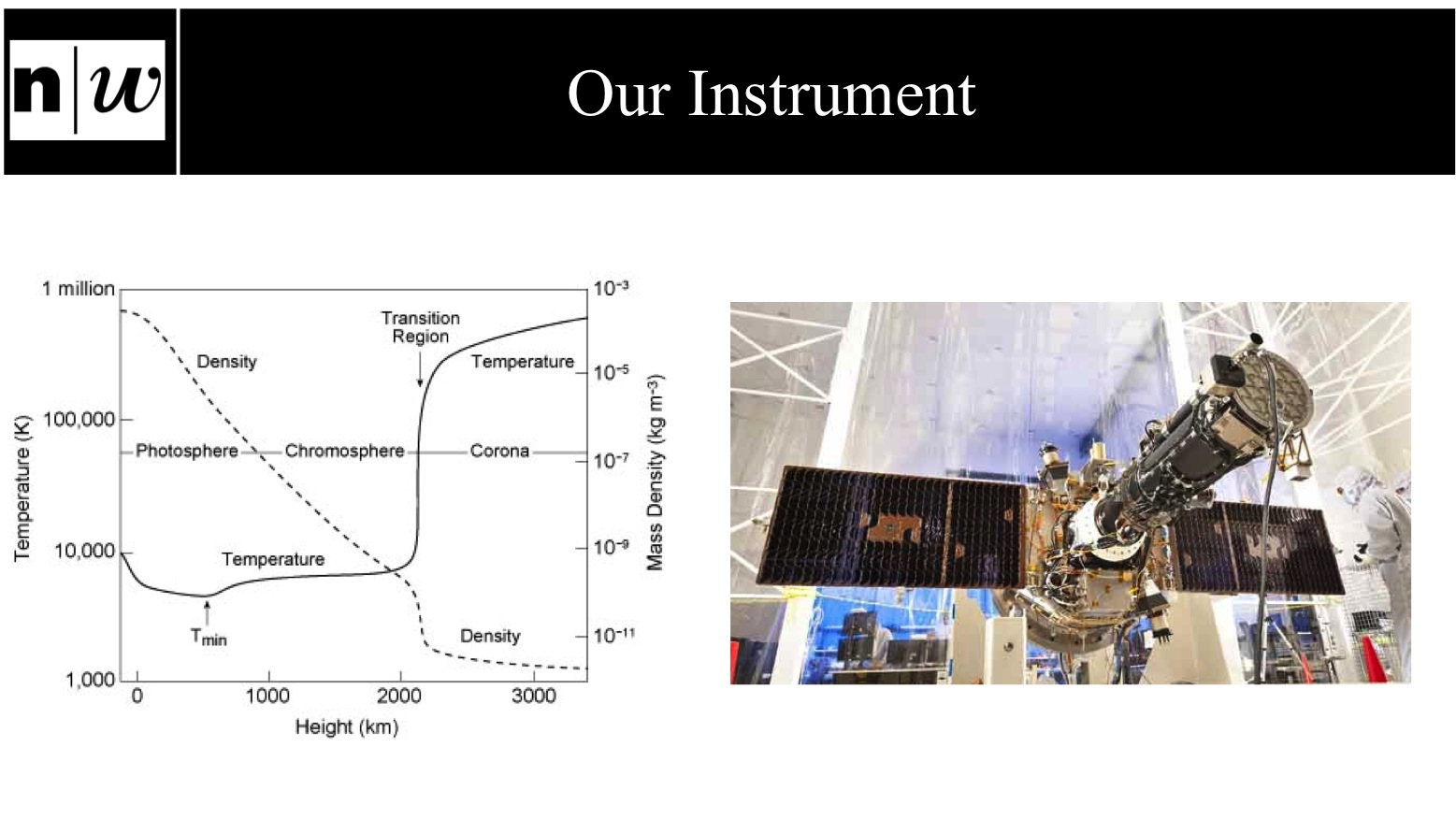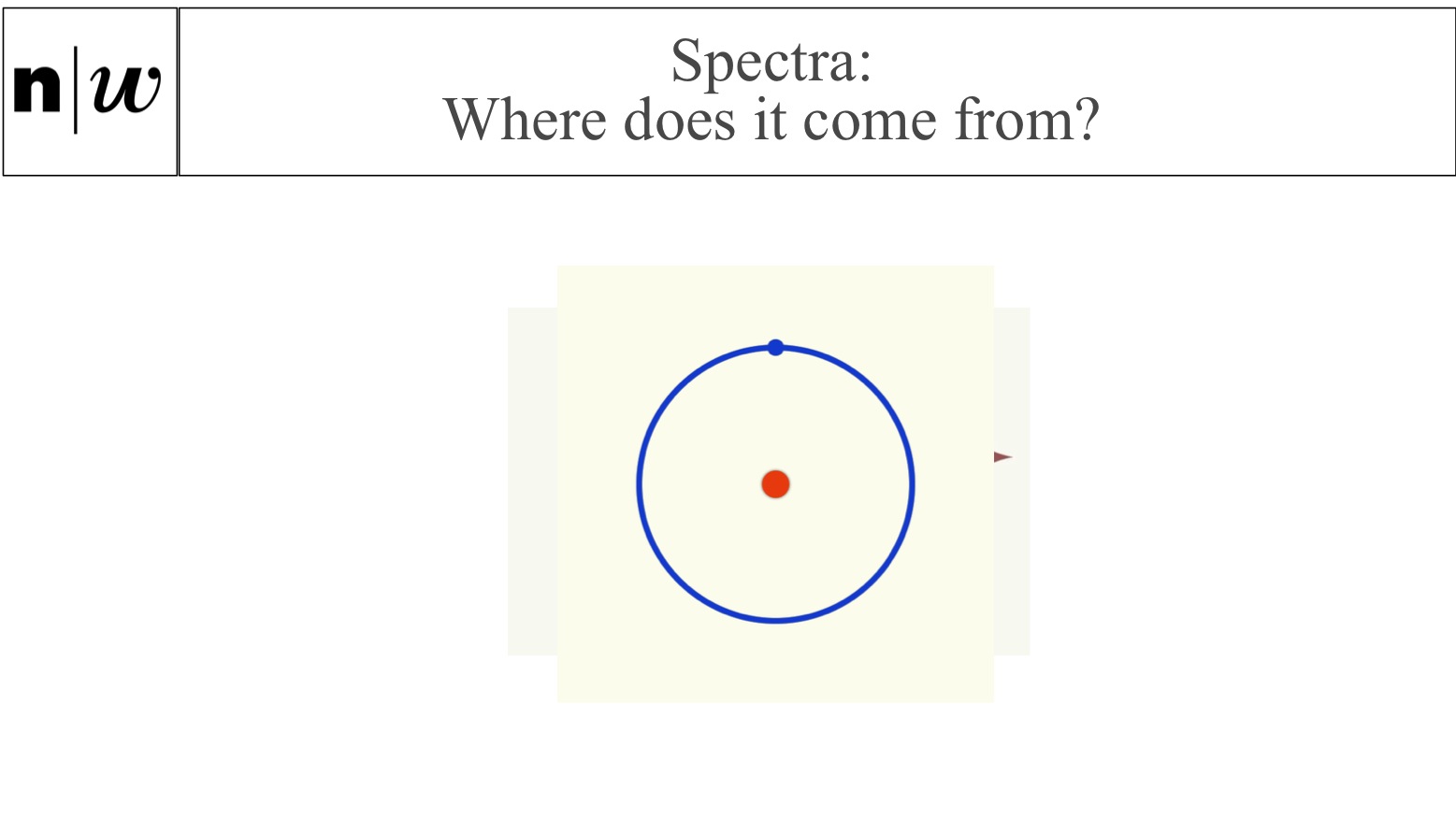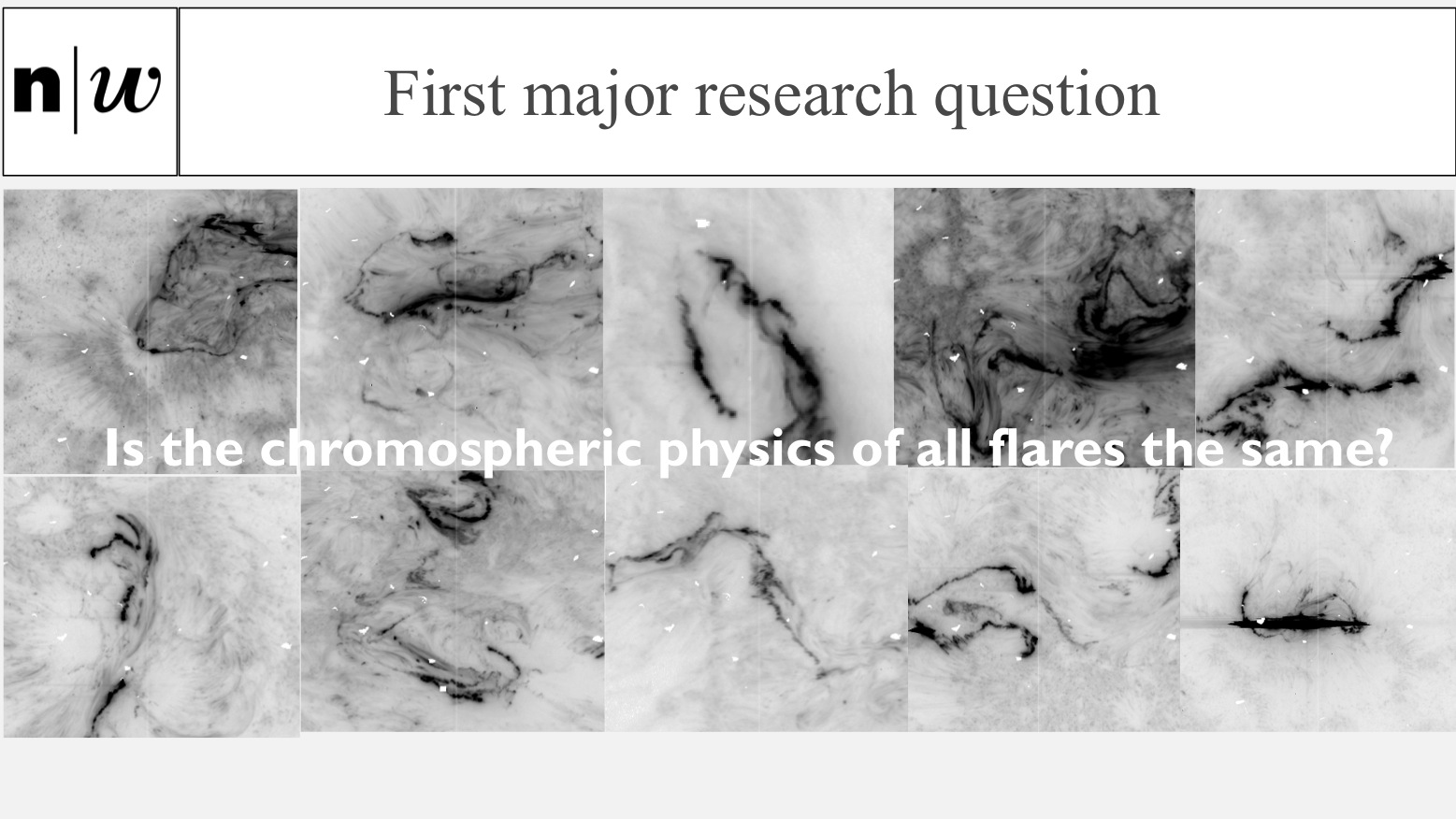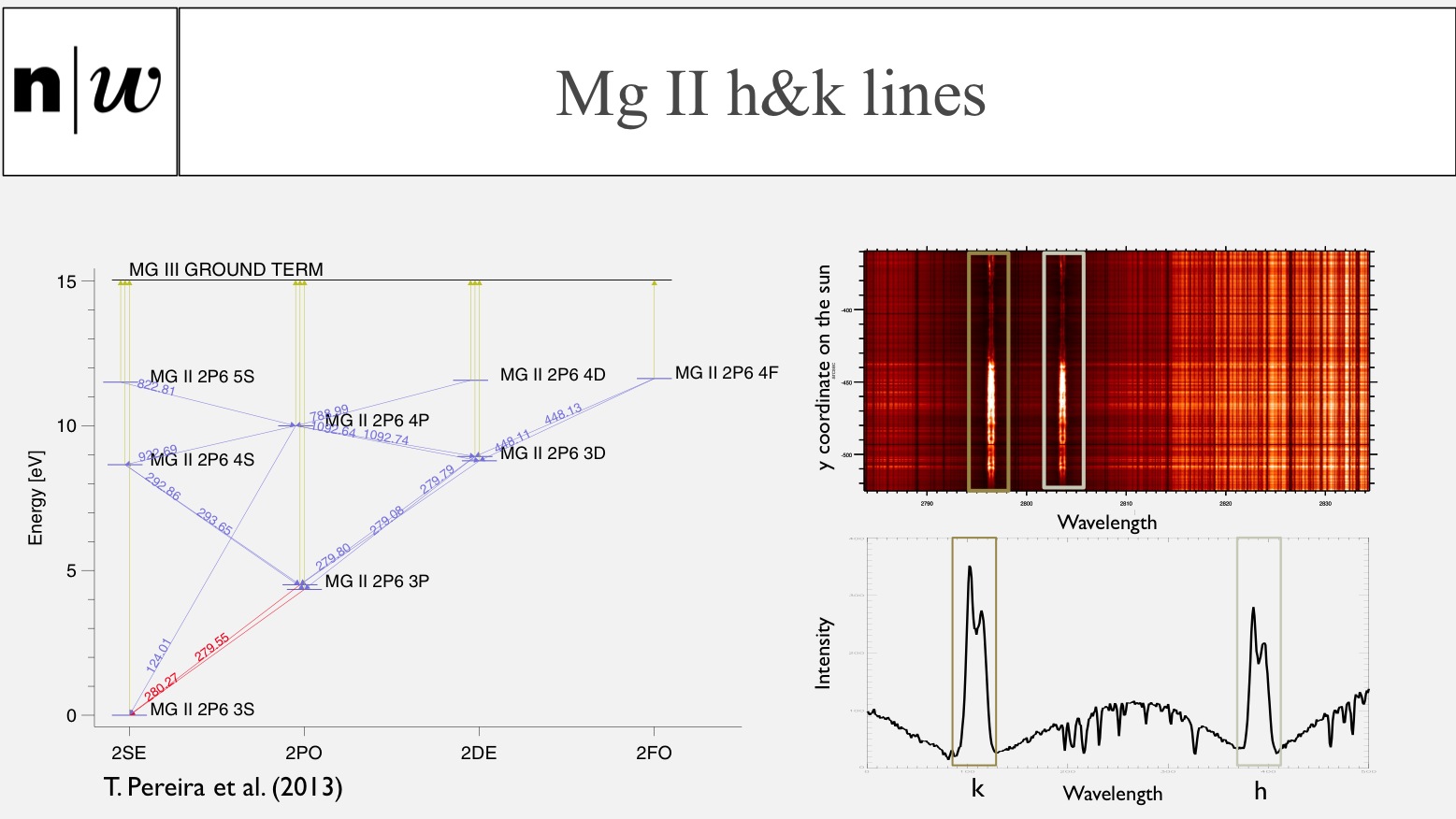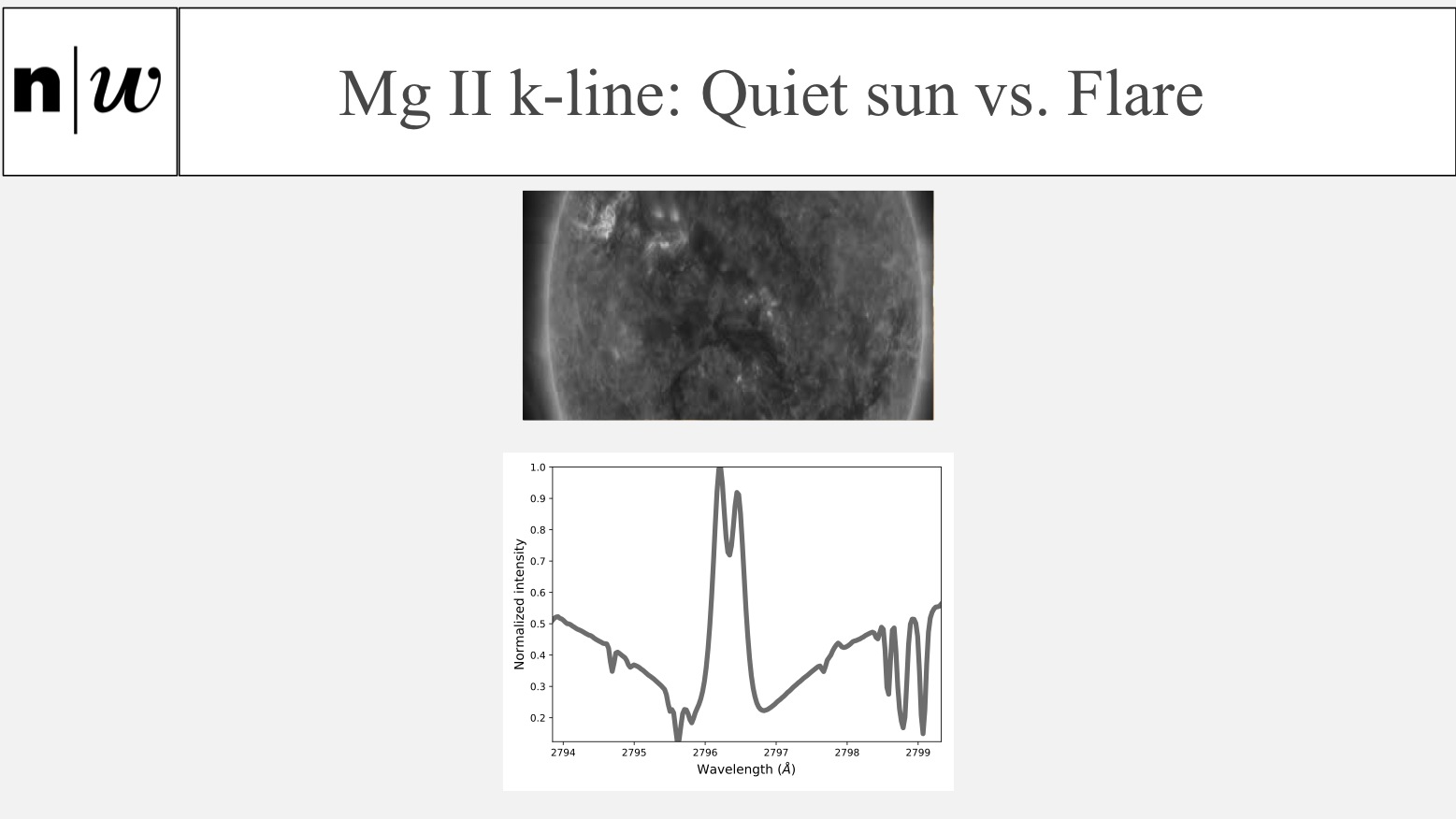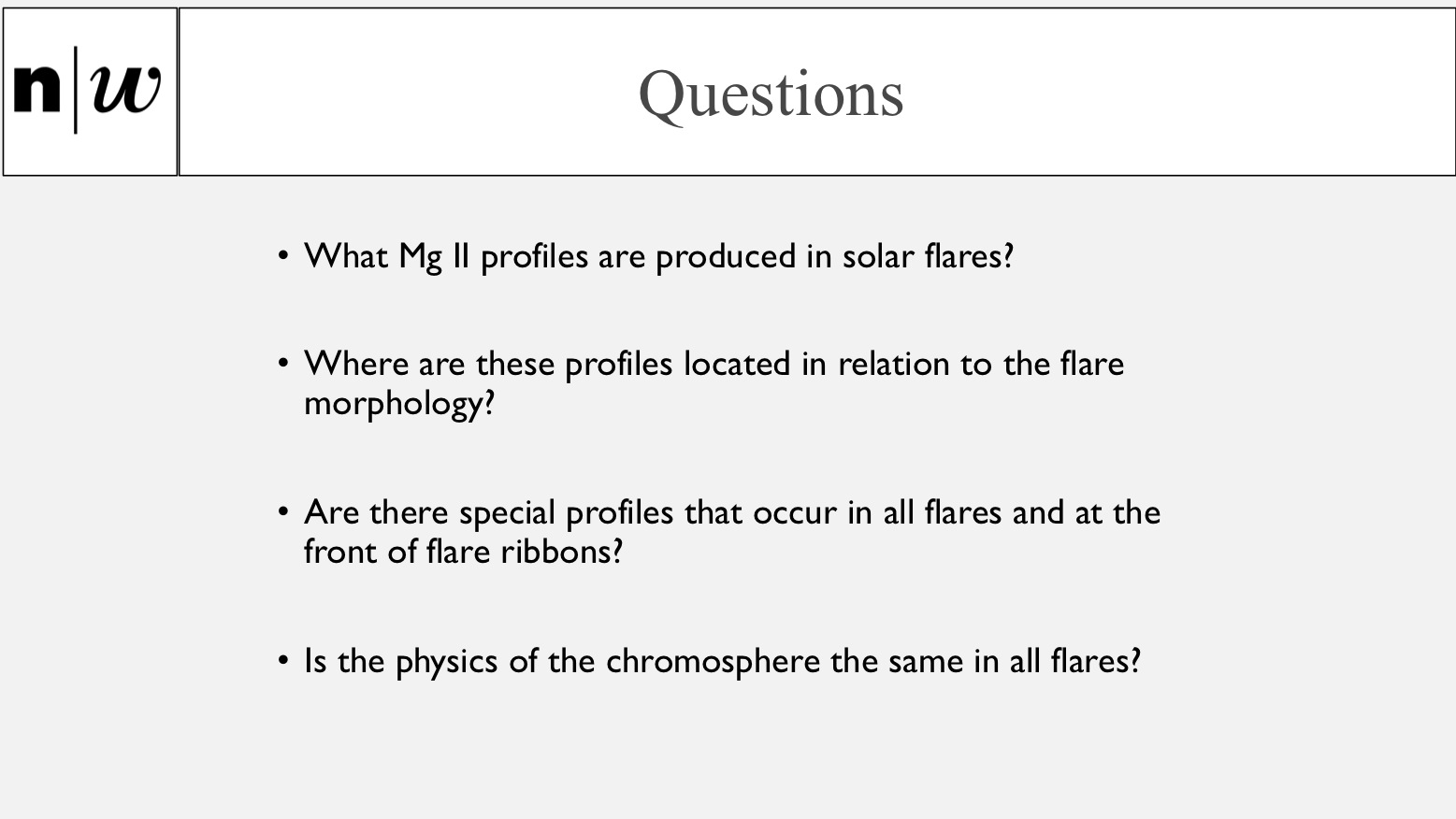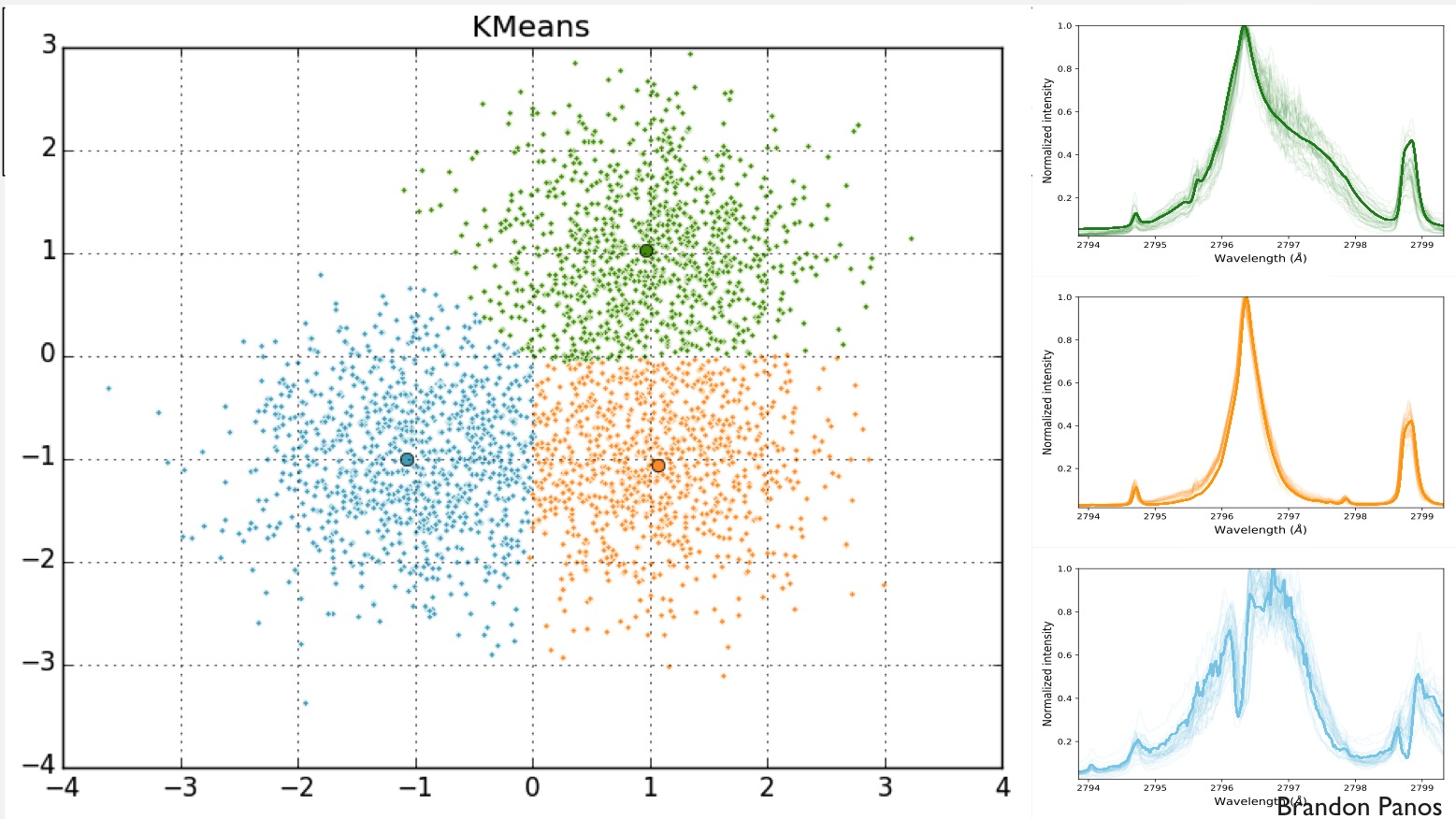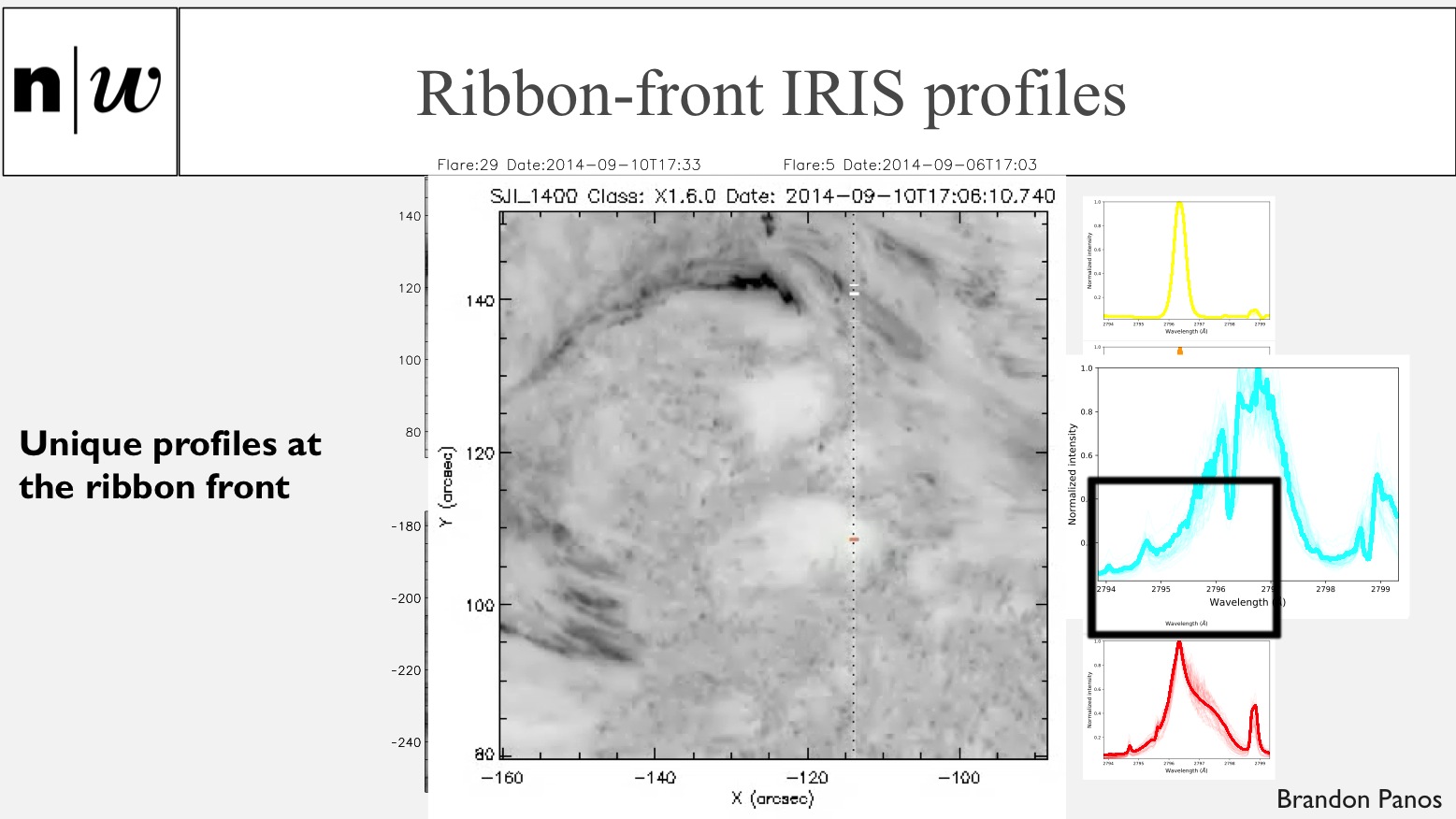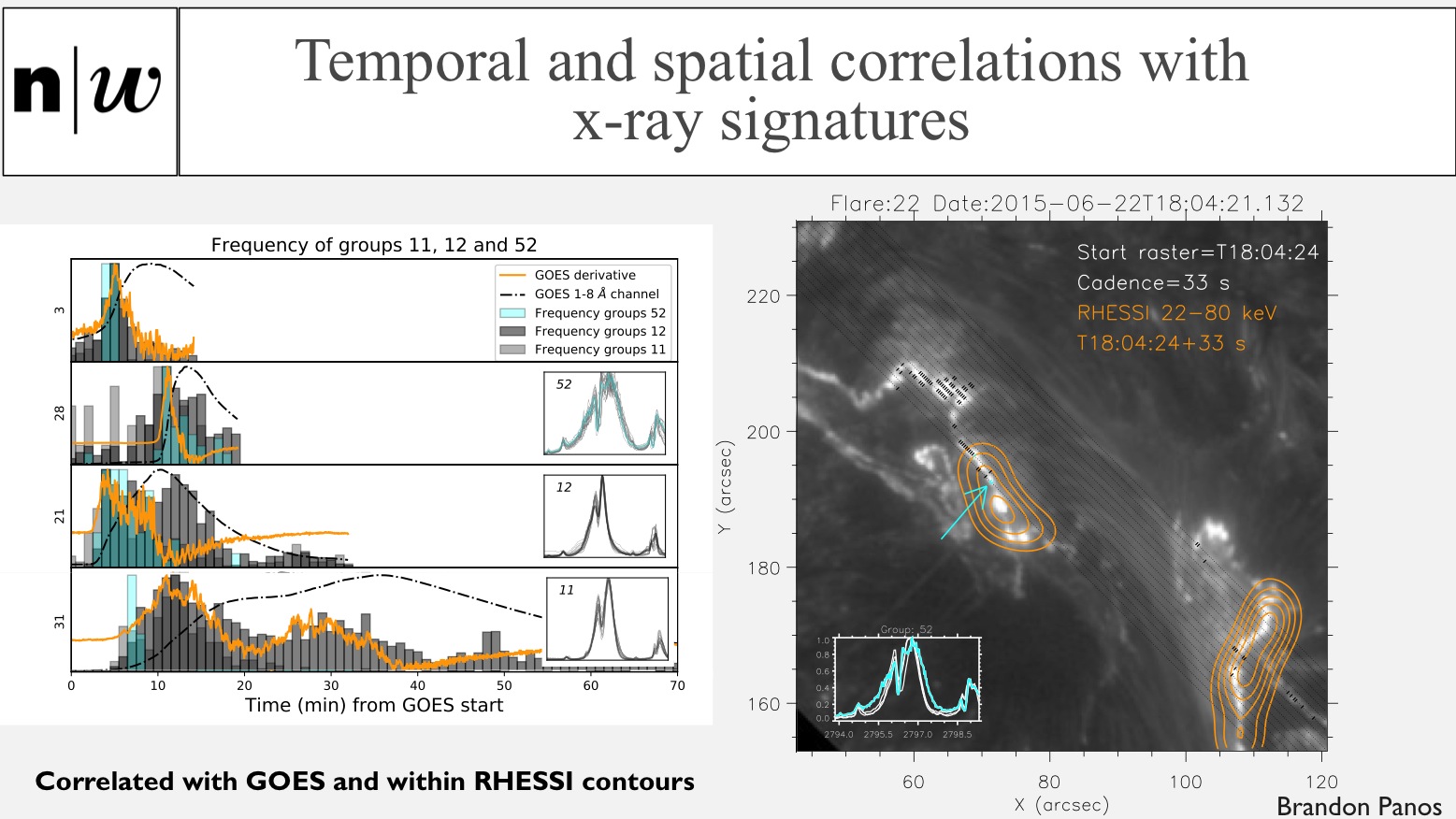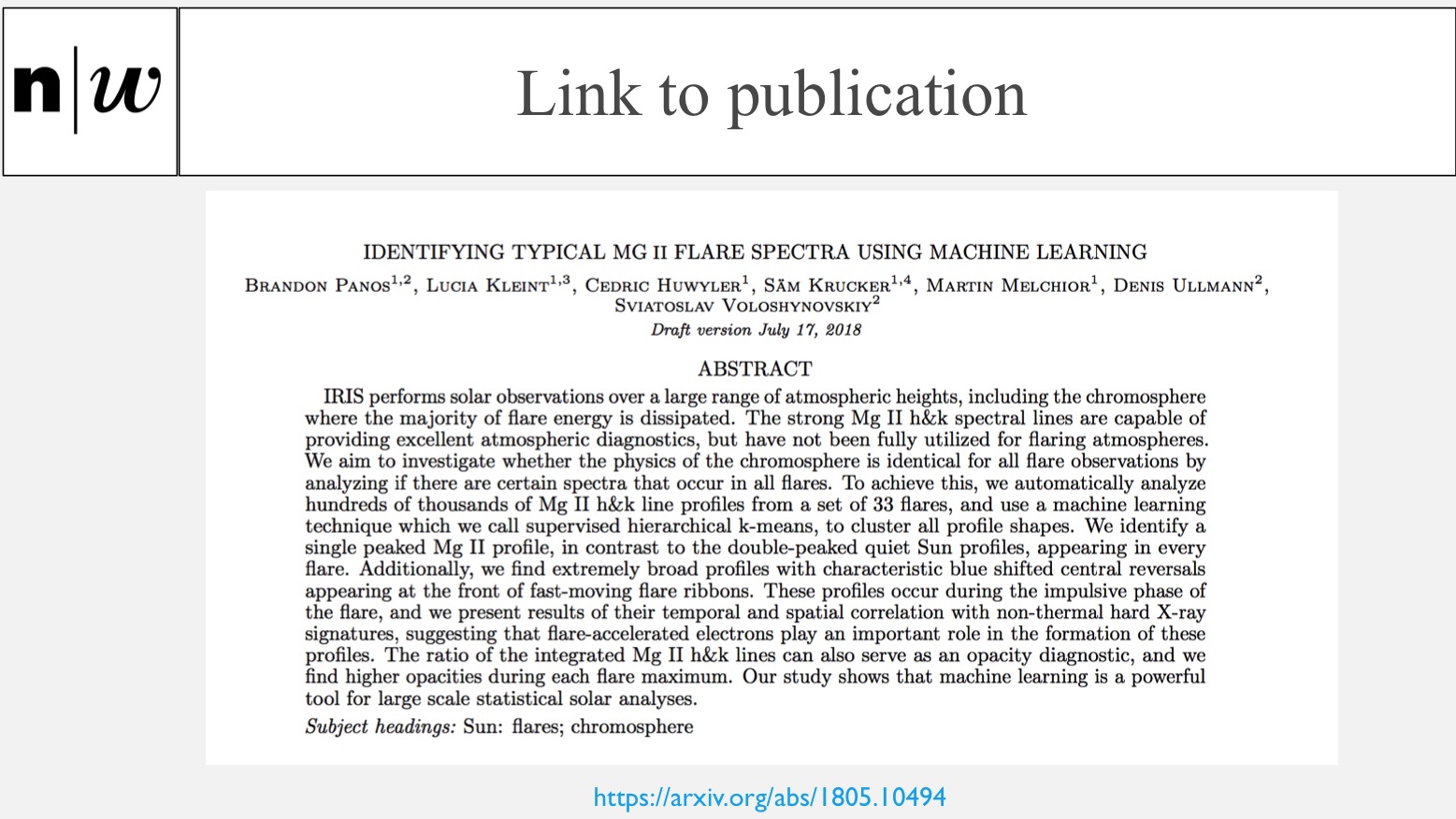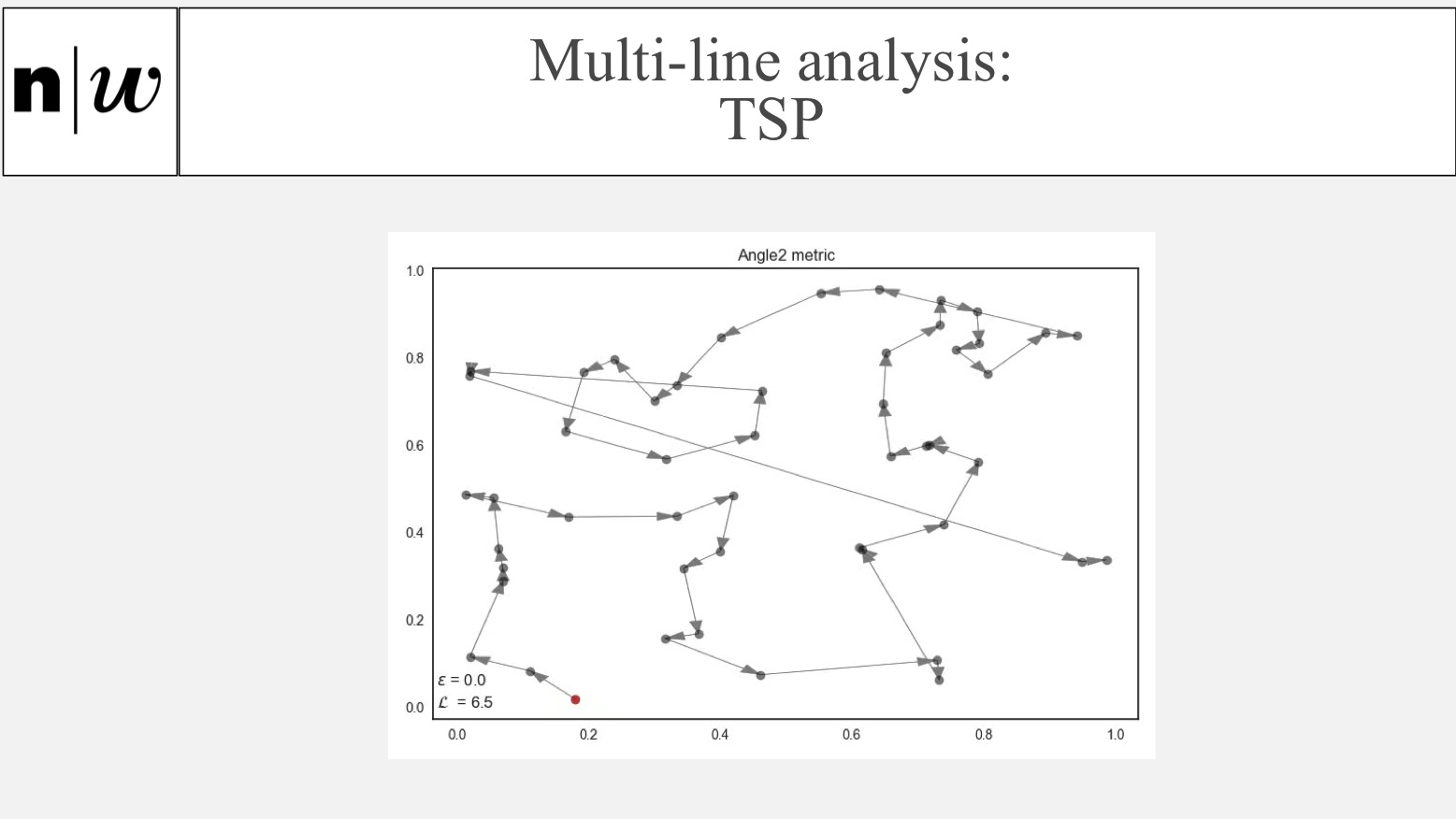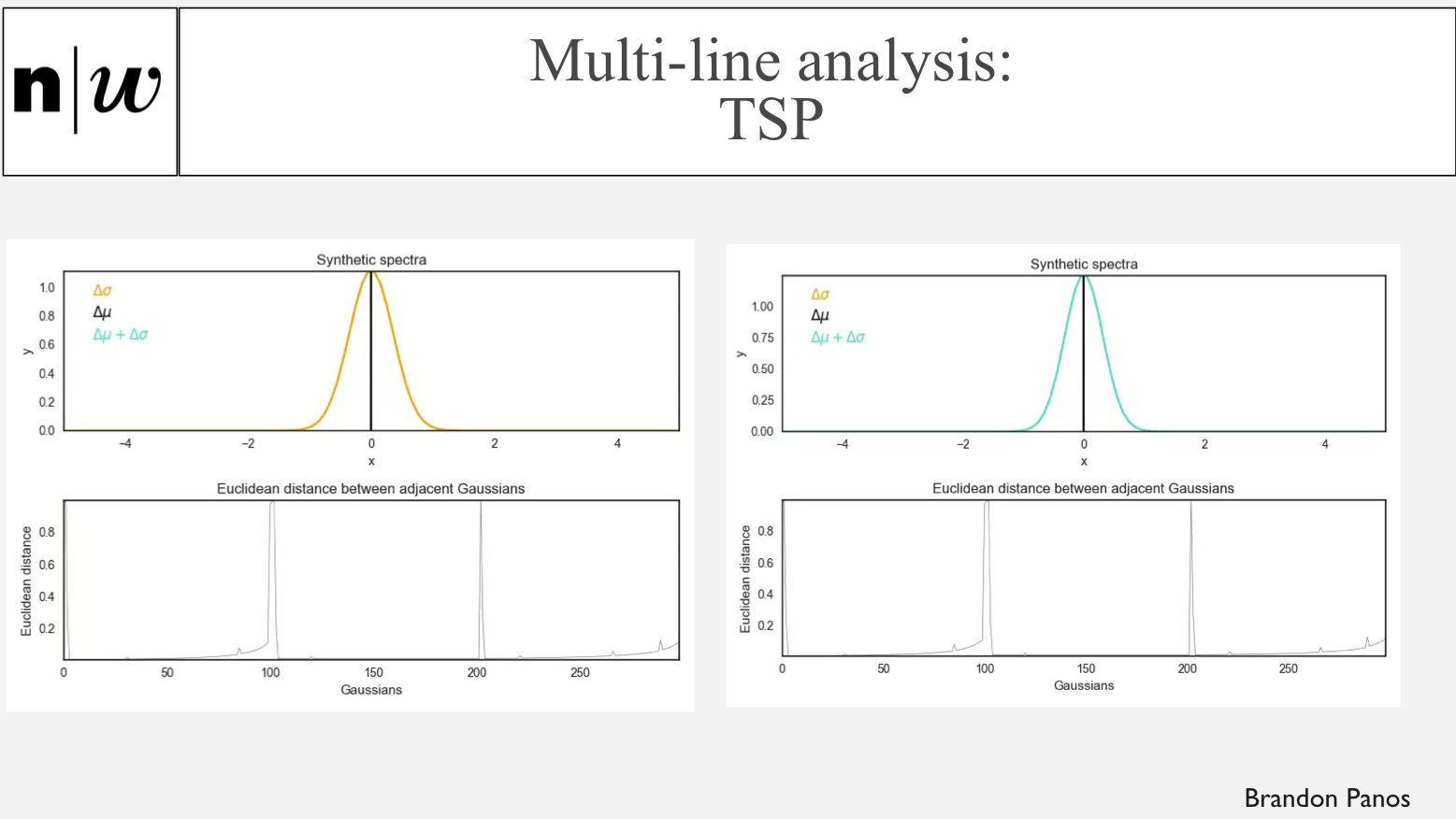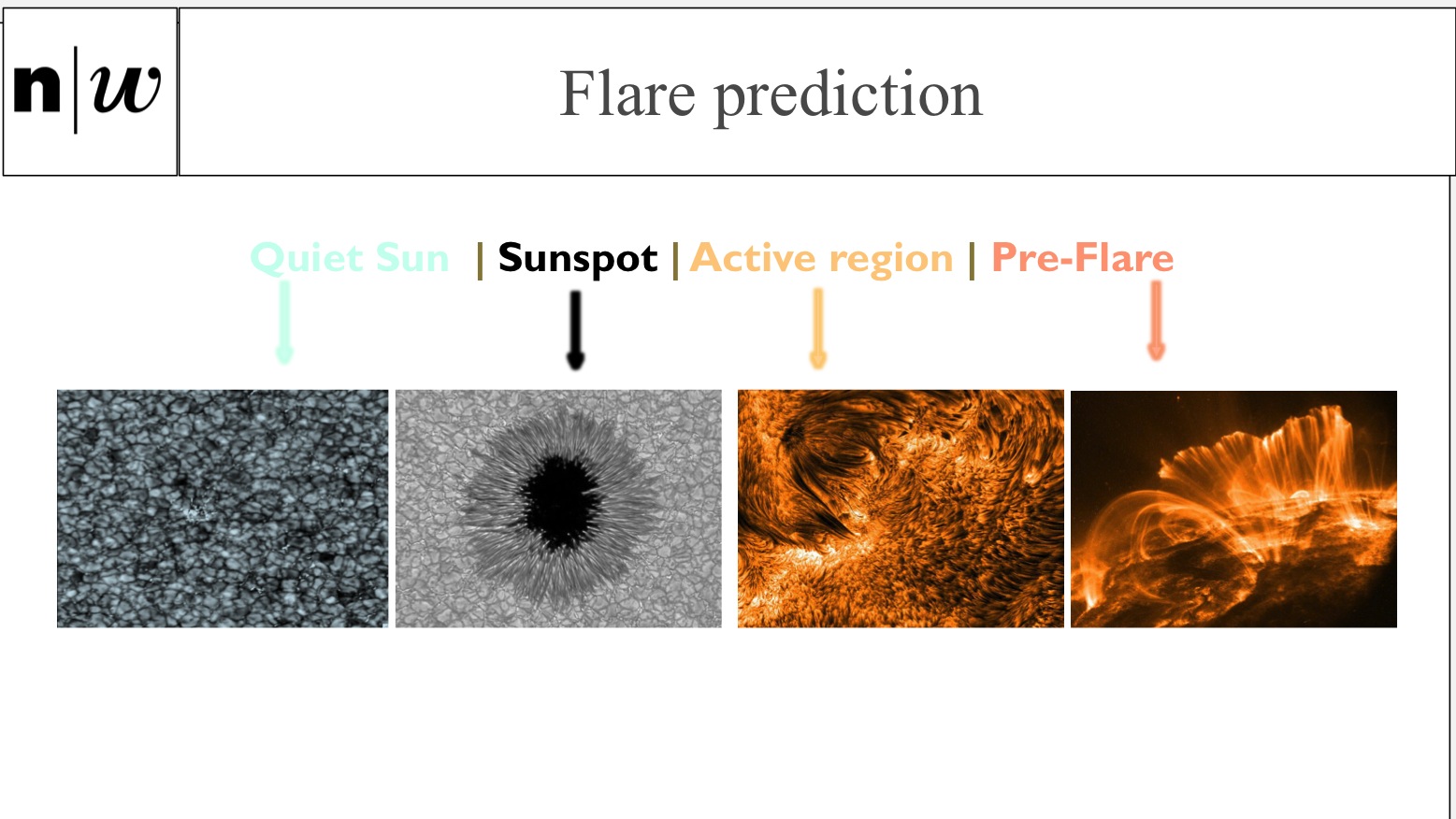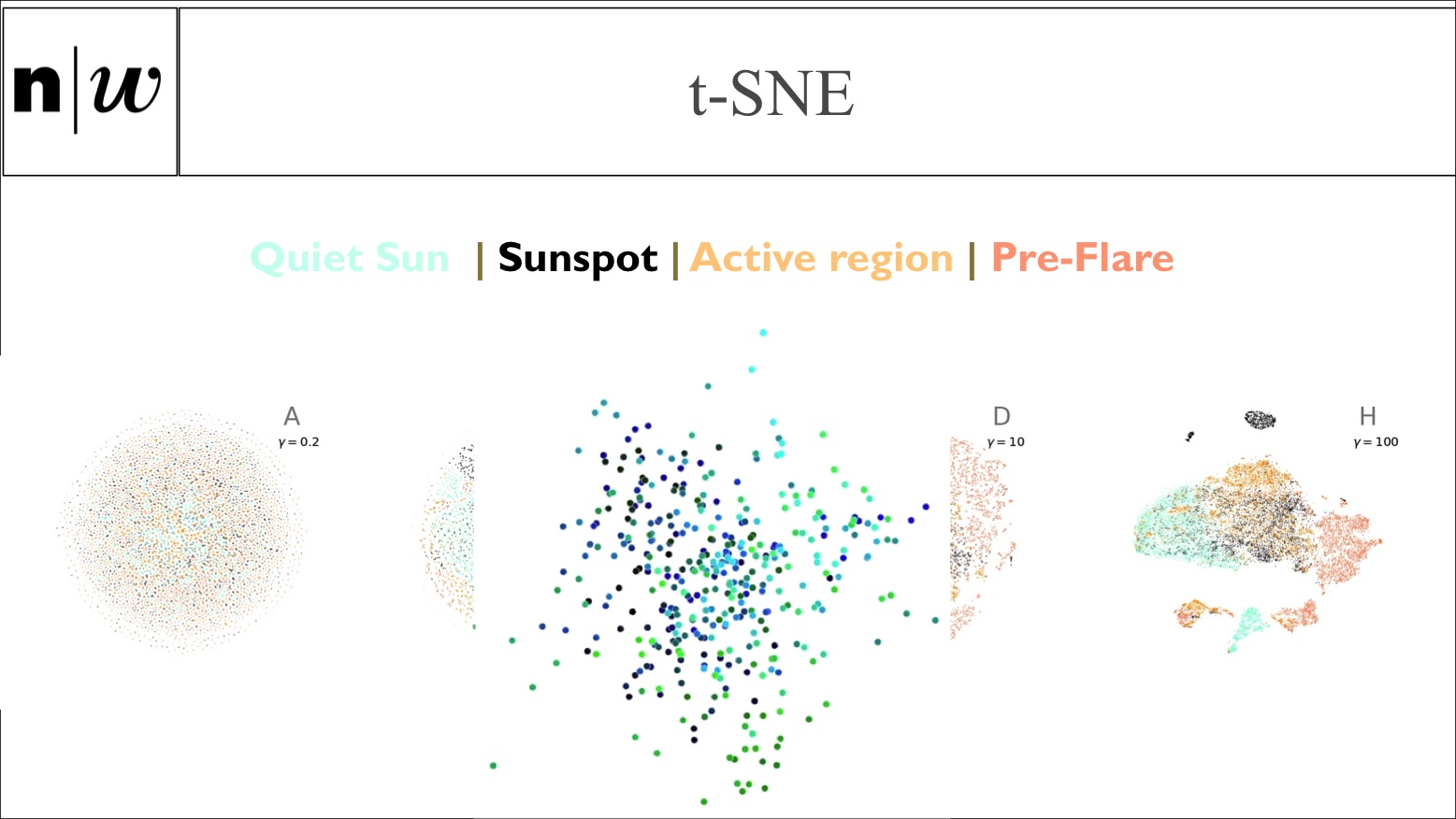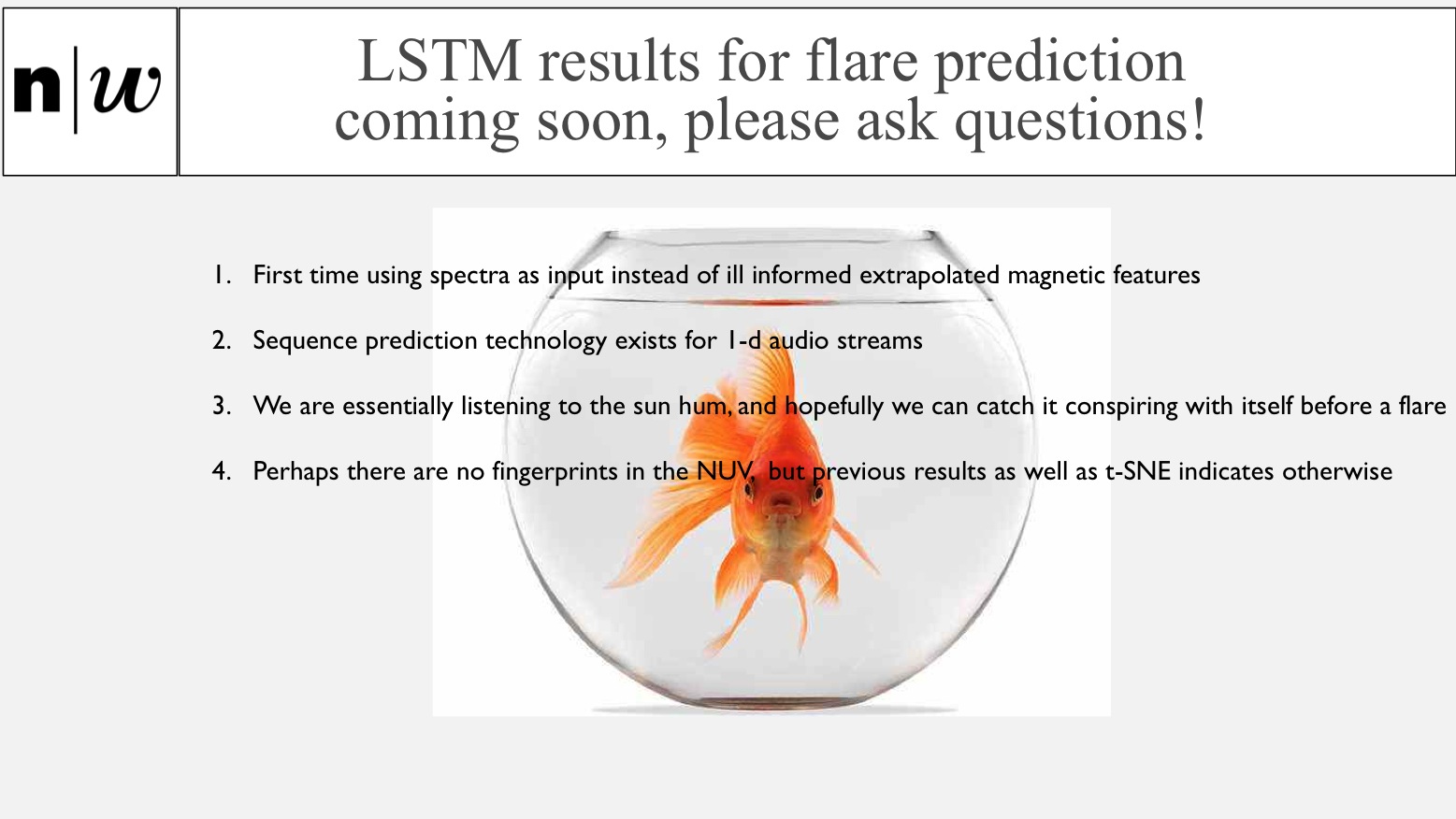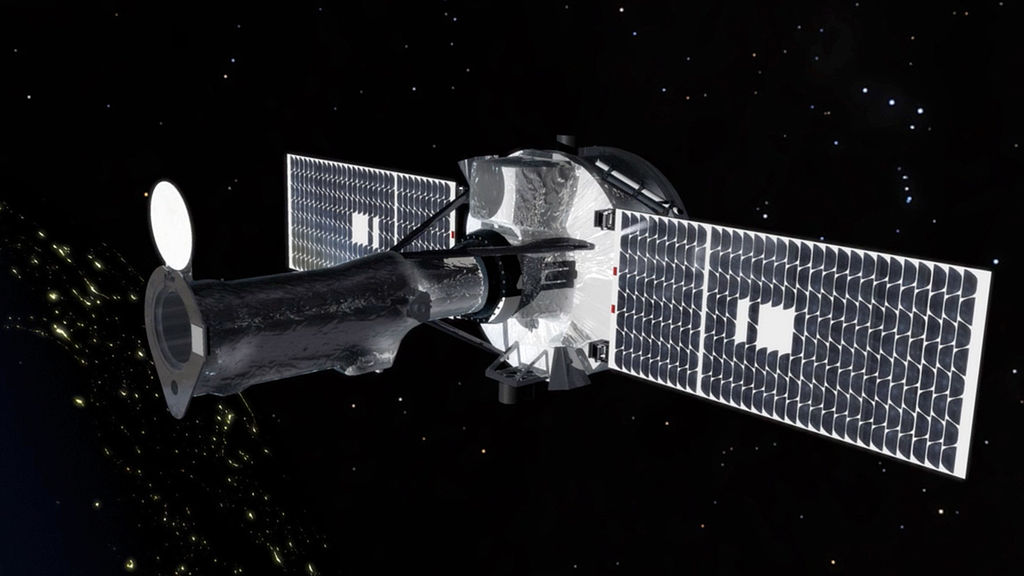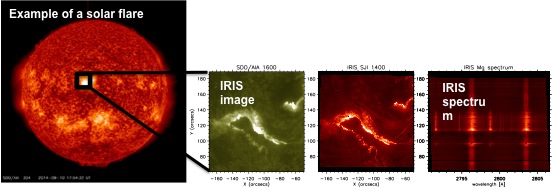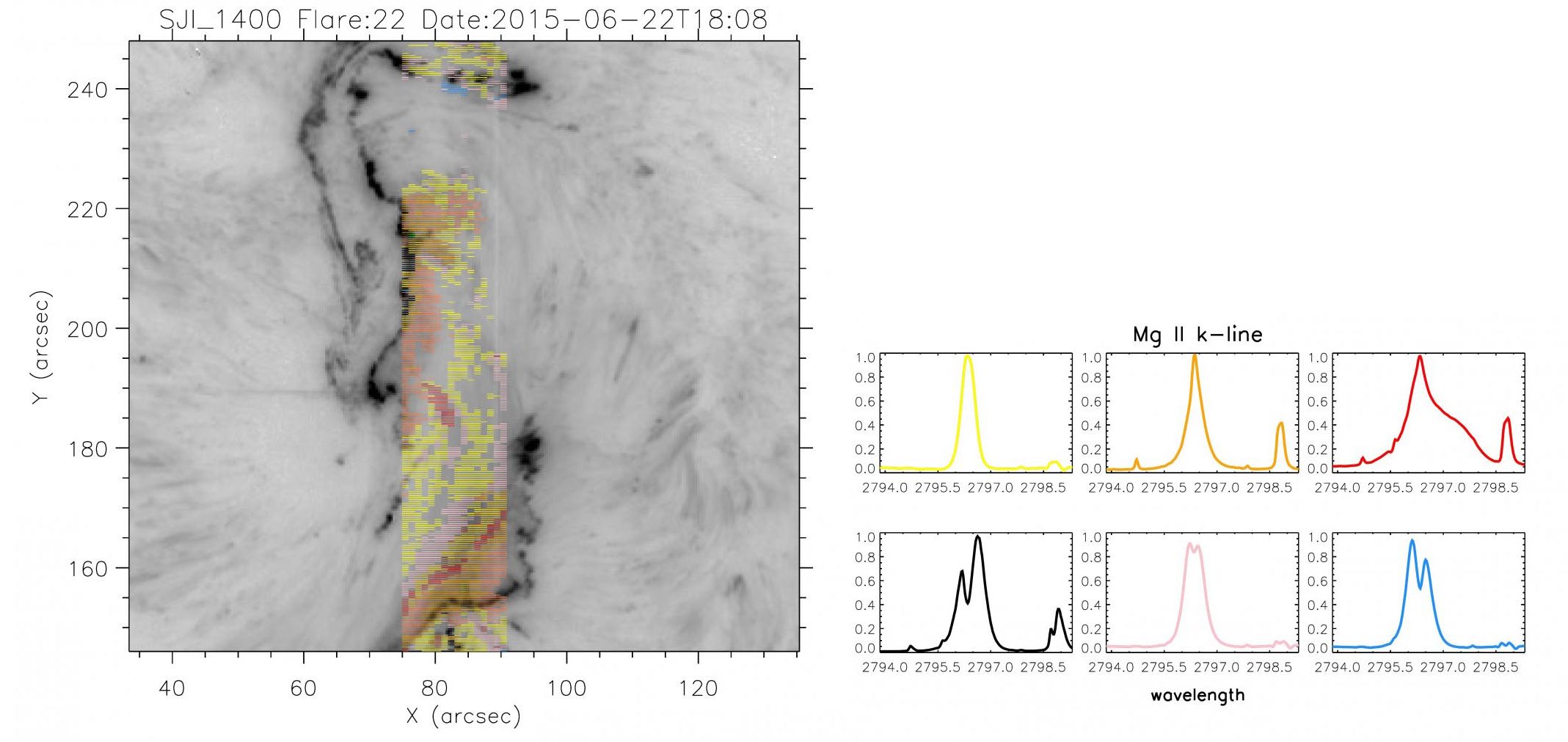IRIS BIG DATA
Automatic Analysis of Solar Eruptions
in Data from the NASA space telescope IRIS
using machine learning methods
ROLE OF THE INSTITUTE FOR DATA SCIENCE
> Computer science: software architecture, machine learning, algorithms
> Solar Physics: Physics on the sun, characteristics of the data collected by NASA’s IRIS instrument
Project lead at i4Ds: Martin Melchior, Säm Krucker
Partners: UniGE
Funding: National Research Programme NRP 75 “Big Data” (extended)
NRP75 project description
Duration: 2017-2021
Keywords: data science, big data, machine learning, space weather, heliophysics, IRIS
SUMMARY
Current telescopes deliver huge amounts of data which cannot be handled by traditional methods anymore. This project uses machine learning to detect and analyse solar flares in data from the NASA space telescope IRIS. The new methods are expected to significantly contribute to the understanding of the physics behind solar flares. They will also improve capabilities to predict them, a core element in space weather prediction.
Interface Region Imaging Spectrograph (IRIS) is a NASA Small Explorer Mission designed to observe the transition region between the solar chromosphere and corona. It records around 12 GB of image data every day, amounting to a current total of >35 TB of available data.
PEOPLE @I4DS WHO WORK ON IRIS BIG DATA
PEOPLE @I4DS WHO WORKED ON IRIS BIG DATA BEFORE
- Dr. Lucia Kleint (until 2018, continues at UNIGE)
- Dr. Brandon Panos (until 2021, continues at UNIGE)
STUDENT PARTICIPATION
OPEN RESOURCES AND RESULTS
HelioML: Machine Learning, Statistics, and Data Mining for Heliophysics
This is how reliable research should be done in the future: make method and code public so the community can reproduce the results.
The book by Monica Bobra and James Mason includes a collection of interactive Jupyter notebooks, written in Python, that explicitly shows the reader how to use machine learning, statistics, and data minining techniques on various kinds of heliophysics data sets to reproduce published results.
Chapter 6 ‘Spectra of Flaring Active Regions’ by I4DS/UniGE PhD student Brandon Panos.
VISUALS AND AUDIO
IRIS is a NASA solar mission launched in 2013. It produces about 12 GB of data every day. Scientists use them to determine the thermodynamical properties on the Sun.
IRIS records the Sun in unprecedented details, both in the form of images and as spectra. The IRIS Big Data project aims at better understanding the physics behind solar flares and at developing an algorithm that automatically detects solar flares among the huge amount of data.
MEDIA COVERAGE
Automatic Analysis of Solar Eruptions
Interview with the principal investigators of this NRP75 project on the occasion of its completion.
Big Data Dialog, 16. November 2021
Wettervorhersage für die Sonne
FHNW E-Magazin (mit Video), 26. November 2019
Sonneneruptionen besser verstehen mit Machine Learning
Dr. Cédric Huwyler, Institut für Data Science I4DS, Fachhochschule Nordwestschweiz


